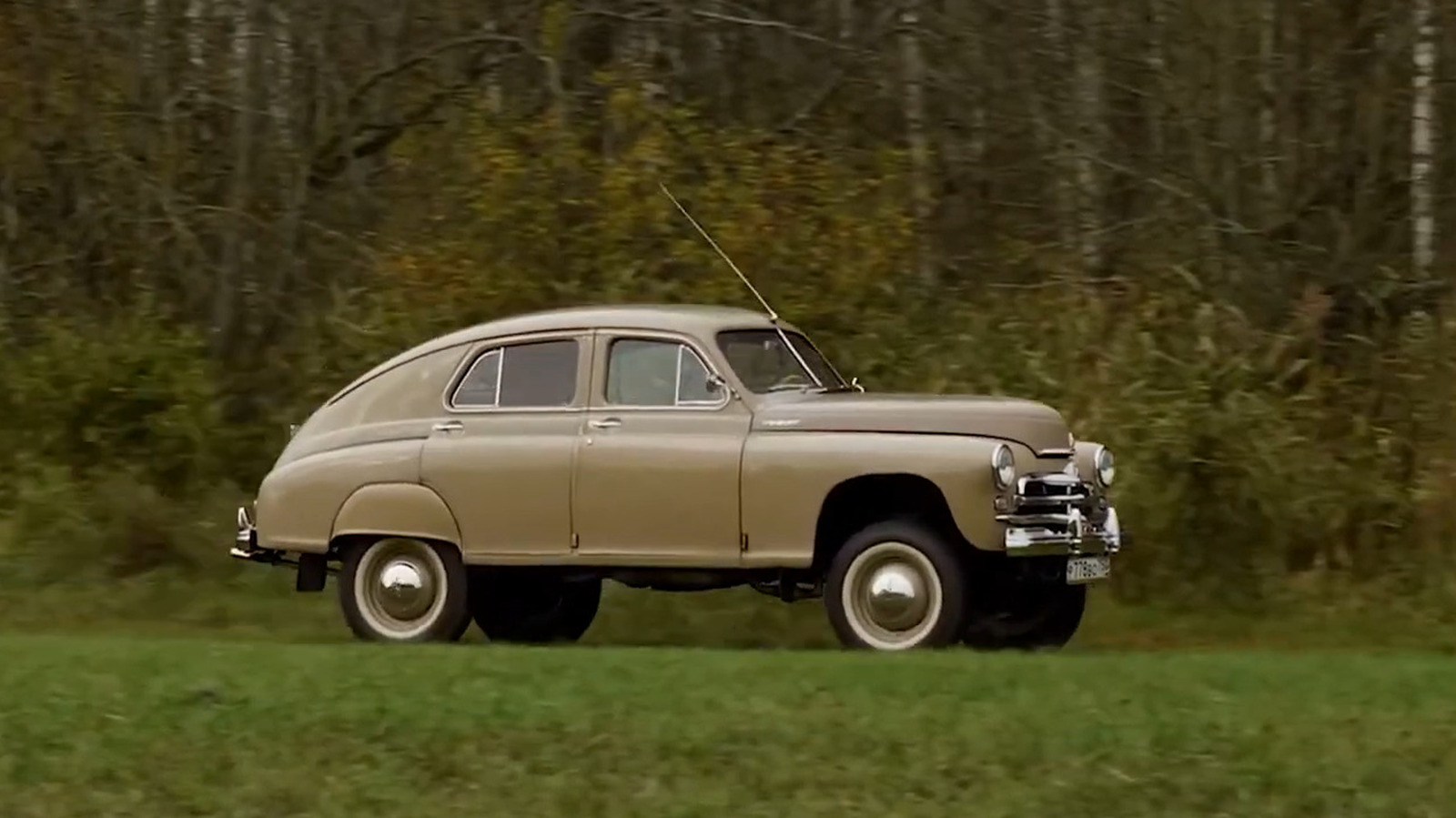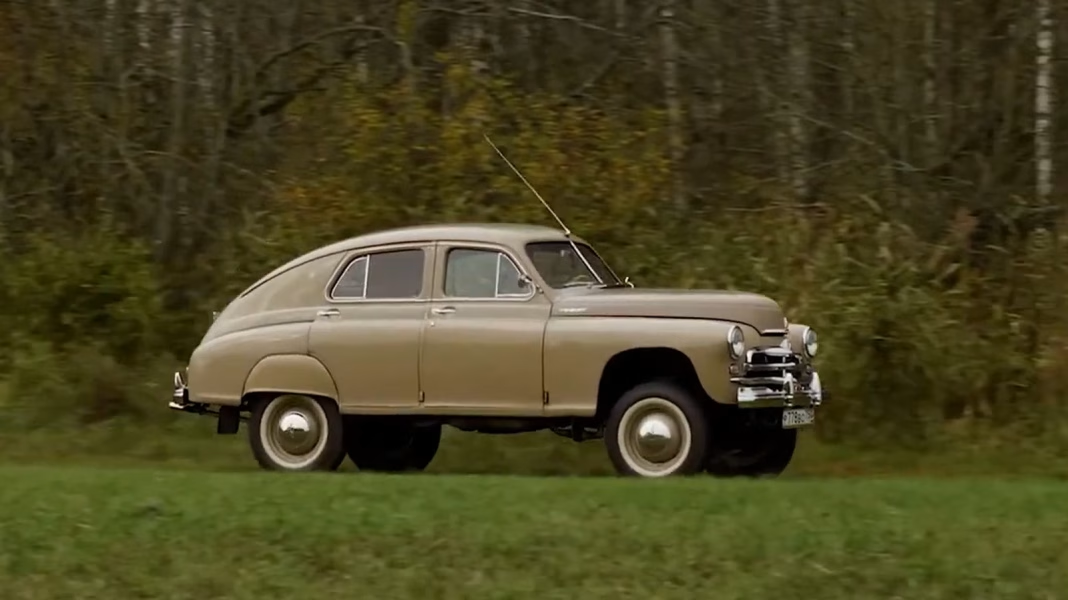How Did GAZ Transform a Classic Sedan into an Off-Road Powerhouse?
When you think of rugged off-road vehicles, a classic Russian sedan probably isn’t the first thing that comes to mind. Yet, GAZ—one of Russia’s most storied automakers—managed to pull off something unexpected: they took a traditional sedan and reimagined it for the wild. The secret? Strategic reinforcements. GAZ engineers didn’t just slap on bigger tires and call it a day. They added 14 extra panels to the car’s floor, doors, and roof, fundamentally changing its DNA. This wasn’t just about brute strength; it was about smart engineering.
What’s the Real Purpose Behind Those 14 Extra Panels?
Let’s get specific. Why add so many panels, and why target the floor, doors, and roof? The answer comes down to structural rigidity. Off-road driving isn’t just about climbing over rocks or splashing through mud. It’s about surviving relentless twisting forces and impacts that would leave a regular sedan rattling apart. By reinforcing the floor, GAZ ensured the undercarriage could take a beating from rocks and rough terrain. Strengthening the doors and roof wasn’t just for show, either. It protected passengers from rollovers and side impacts—real risks when you’re off the beaten path. This approach echoes what modern automakers do with unibody SUVs, but GAZ did it decades earlier, showing a level of foresight that’s easy to underestimate.
How Did These Changes Affect the Car’s Performance?
You might wonder if all this extra steel made the car sluggish. Surprisingly, GAZ struck a balance. The added weight did increase fuel consumption a bit, but the payoff was huge: a sedan that could handle trails, snow, and mud without falling apart. Owners reported that these reinforced sedans could go places even some purpose-built off-roaders struggled with. The car’s center of gravity stayed low, making it more stable than taller SUVs. And because the modifications were integrated into the original design, the car didn’t lose its everyday drivability. It was still comfortable on city streets—a rare feat for any off-road vehicle.
What Set GAZ’s Approach Apart from Western Rivals?
Long before American or Japanese brands tried their hand at off-road sedans, GAZ was quietly innovating. While Western automakers often focused on body-on-frame trucks or lifted wagons, GAZ’s method was more subtle. They didn’t just bolt on off-road accessories; they reengineered the car’s structure from the inside out. This holistic approach meant fewer creaks, less body flex, and a longer lifespan for the vehicle. It’s a philosophy that’s only recently become mainstream, as manufacturers chase the elusive blend of comfort and capability.
Can Modern Drivers Learn Anything from GAZ’s Experiment?
Absolutely. The GAZ story is a reminder that real durability comes from thoughtful design, not just flashy upgrades. Today’s car enthusiasts can take a page from this playbook. If you’re looking to toughen up your own ride, focus on the fundamentals: reinforce weak points, protect critical components, and don’t overlook the importance of structural integrity. It’s not always about adding the biggest tires or the tallest lift kit. Sometimes, the smartest changes are the ones you can’t see at first glance.
The big takeaway? Building a truly capable off-road vehicle isn’t about perfection—it’s about smarter adjustments. Start with one change this week, and you’ll likely spot the difference by month’s end.


